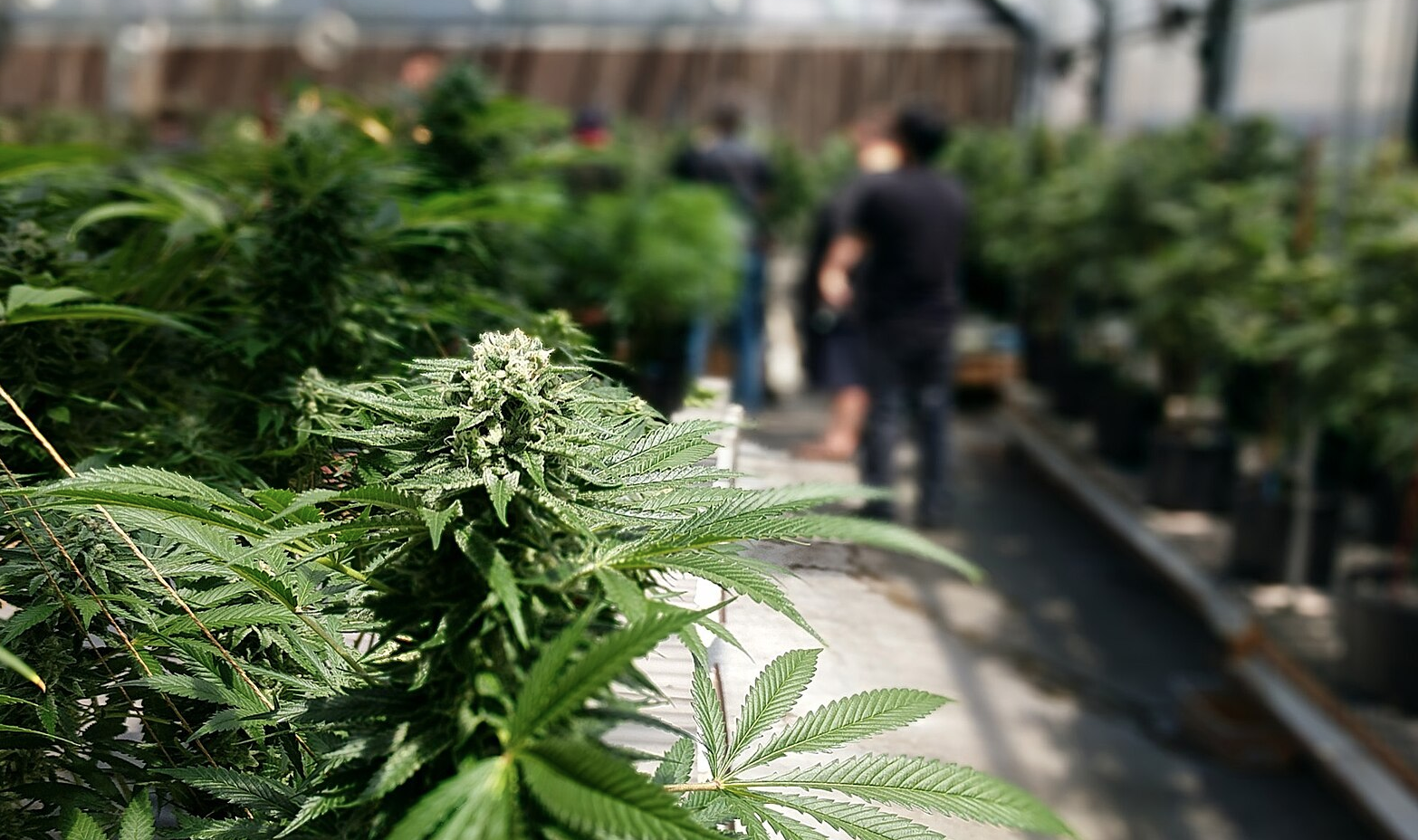Marijuana in Michigan grows like weed

Billboards for marijuana dispensaries line the road along Interstate 80/90, which runs through northern Ohio and northern Indiana. Until last November, recreational cannabis use was illegal in both states, but the billboards have been all along the interstate for several years, advertising dispensaries located north of the Michigan border, where I-80/90 runs parallel.
Once you cross the border into Michigan, there are numerous recreational cannabis dispensaries that make for a convenient stop for those passing through or an easy destination for residents of northern Ohio and Indiana. Although Ohio has legalized recreational marijuana use with a 2023 referendum, the state’s licensing framework will take some time to implement. So for now, Michigan has a monopoly on marijuana in the northern Midwest.
Weed has long been a problem in the West. San Francisco activists Harvey Milk and Dennis Peron pushed for the legalization of so-called medical marijuana in California during the HIV/AIDS epidemic in the late 1990s, and Oregon, Washington, Alaska and Nevada soon followed suit. In 2012, Colorado and Washington became the first states to legalize marijuana for recreational use. Since California’s legalization measure passed in 2016, the Golden State has led the nation in recreational marijuana sales – until now.
For the first time, Michigan dispensaries have overtaken the California cannabis market, selling more units of marijuana – grams of cannabis, pre-rolled joints, gummies and the like – than California dispensaries. The California market remains larger in terms of sales, selling $5.1 billion in recreational marijuana in 2023, compared to $3 billion in Michigan. On the other hand, a one-gram pre-rolled joint costs $17.50 at a Los Angeles dispensary, while the same product sells for $7 in Ferndale, a suburb of Detroit.
Michigan has only a quarter of California’s population, and its booming cannabis economy is driven as much by out-of-state consumers and government incentives as by local stoners.
Dispensaries along the Michigan border are frequently visited by residents of neighboring states. Morenci is just a mile north of the Ohio border and is Michigan’s southernmost city. There are six marijuana dispensaries within a half-mile radius, serving the local population of 2,200 residents as well as customers from across the border. Morenci City Manager Jeff Hall said there is “quite a long list” of cannabis dispensaries seeking licenses to operate.
Farther east, about half of the customers at dispensaries in Monroe Township, just across the border from Toledo, are Ohio residents. Township Supervisor Alan Barron said out-of-state customers account for 70 percent of cannabis sales in Monroe Township. Although medical marijuana has been legal in Ohio since 2016, customers can buy cannabis for a quarter of the price in Michigan.
Communities along the state’s northern border with Wisconsin have seen a similar boom in the cannabis business. Dispensaries have sprung up in towns like Ironwood, Iron River, Iron Mountain and Menominee, seeking to capitalize on their proximity to Wisconsin consumers. Local stores estimate that 85 percent of sales go to out-of-state customers. Transporting marijuana across state lines remains illegal, but police officers lurking across the Wisconsin border aren’t enough to stop “pot pilgrims” from seeking weed in the Upper Peninsula.
Out-of-state customers aren’t the only ones visiting Michigan’s dispensaries. In 2020, one in five Michigan residents used cannabis, a 75 percent increase from 2010. And while only about 10 percent of the state’s municipalities allow recreational sales, the state is home to nearly a thousand dispensaries – 8.2 percent of the nation’s cannabis shops – according to Cannabiz Media. But the municipalities that have chosen to license recreational sales are being rewarded by the state.
Although excise taxes are imposed to curb use, Michigan’s recreational marijuana program directly rewards municipalities that allow the sale, possession and use of recreational marijuana. Municipalities and counties receive nearly $60,000 for each licensed dispensary within their borders, and the state increased the amount per license by $7,000 last year.
Subscribe today
Receive daily emails in your inbox
In 2024, the state awarded a record $87 million to local and regional governments, with five cities and 14 counties receiving more than $1 million from the state coffers, which came from over $290 million in the marijuana regulatory fund. For example, Monroe Township, the marijuana mecca for Toledo residents, had budgeted for $500,000 in kickbacks for fiscal year 2023, but received nearly double that amount.
The state has an interest in continuing to grow the marijuana economy. Two public universities in Michigan offer bachelor’s degrees in cannabis studies. Lake Superior State University in Sault Ste. Marie offers both cannabis chemistry and cannabis business degrees. Three hours west in Marquette, Northern Michigan University offers a medicinal plant chemistry degree and a cannabis studies department.
Demand for recreational marijuana hasn’t grown naturally in Michigan since legalization in 2018. The state’s licensing system effectively undermines the excise tax by subsidizing the counties and municipalities that license dispensaries. With thousands of users from out of state and millions of dollars being pumped into weed-friendly communities, it’s no surprise that Michigan’s cannabis industry has grown into the largest market in the country. And just like the weed they sell, the demand is anything but organic.
Michigan



